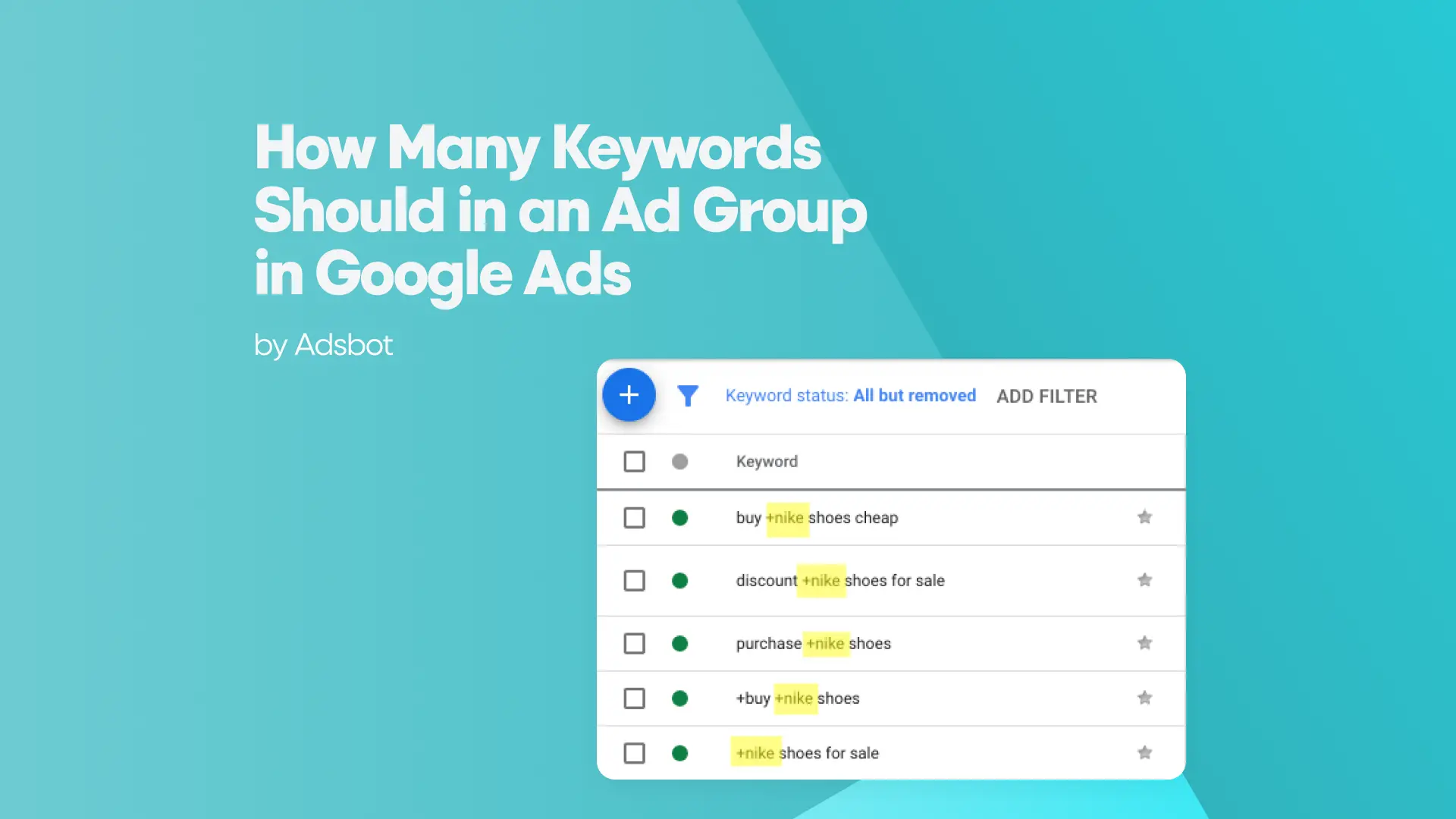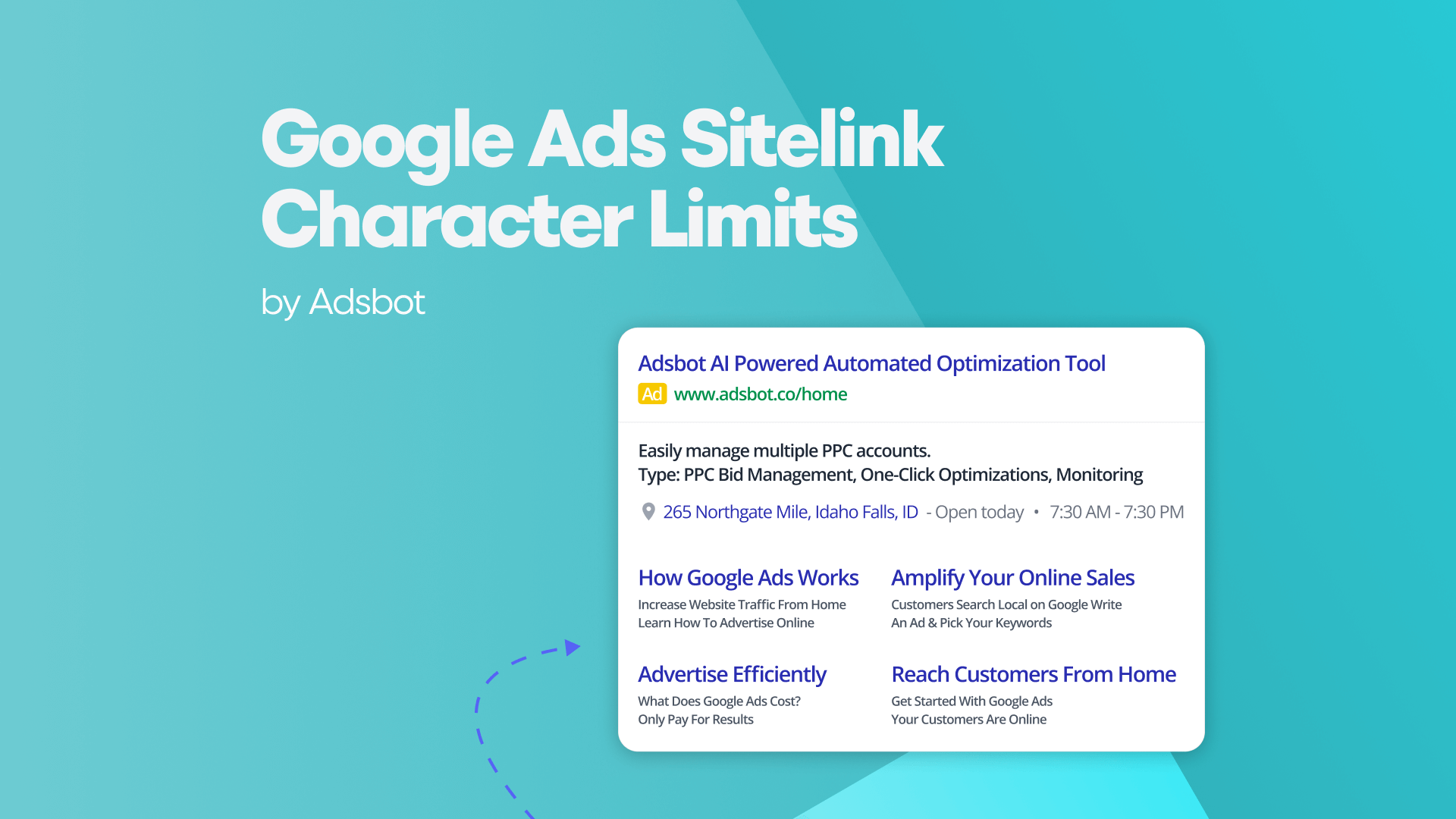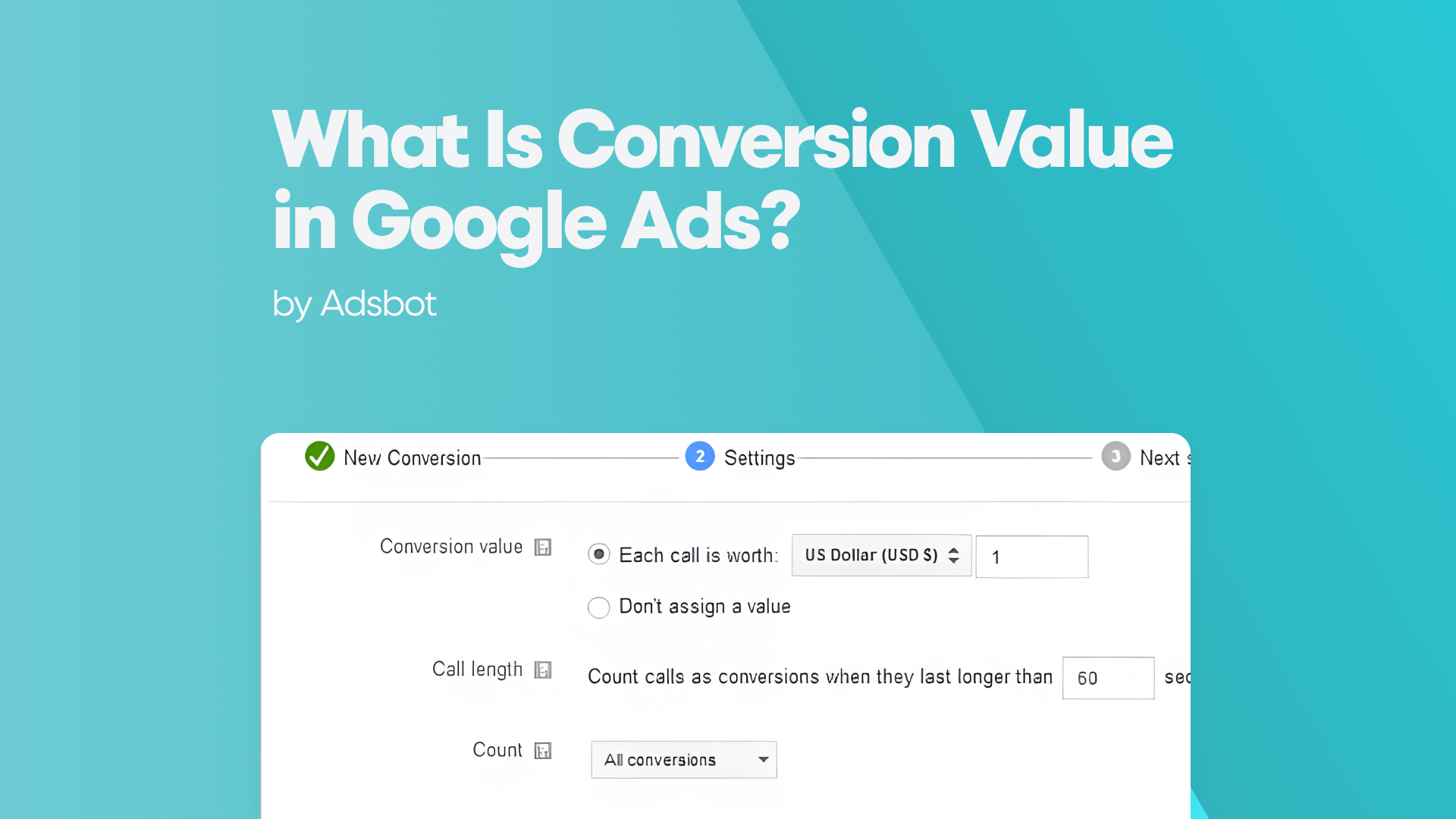When running an advertising campaign on Google Ads, one of the primary concerns for businesses is understanding how much they will spend and whether the return justifies the cost. With the multitude of bidding strategies and campaign options available, comparing prices on Google Ads can seem overwhelming. However, with the right knowledge and tools, you can effectively manage your ad spend and optimize your campaigns for the best possible results. In this article, we’ll explore how to compare prices on Google Ads, including using Google Ads price extensions, price assets, and understanding the costs associated with different ad types.
How to Compare Prices on Google Ads
When it comes to comparing prices on Google Ads, you’re essentially trying to understand how much you’ll need to spend to achieve your business goals. Google Ads doesn’t have a one-size-fits-all pricing model, and your costs will vary depending on multiple factors, including your bidding strategy, keywords, audience targeting, and ad quality.
To compare prices on Google Ads effectively, you need to:
- Understand Bidding Models: Google Ads uses different bidding strategies like Cost Per Click (CPC), Cost Per Thousand Impressions (CPM), and Cost Per Acquisition (CPA). Each of these models affects how you’ll be charged and how your budget is allocated.
- Use Price Extensions: Google Ads offers a feature called price extensions that allows you to display pricing information directly in your ads. This helps customers quickly see the cost of your products or services without having to click on your ad, providing transparency and encouraging more informed decisions.
- Monitor and Optimize Campaigns: Once your campaign is running, use Google Ads’ reporting and tools to analyze your costs and compare them to your performance metrics. This will help you determine whether you’re getting a good return on your ad spend and allow you to optimize your campaigns for better results.
Google Ads Price Extensions
Google Ads price extensions are a feature that allows advertisers to display pricing information directly in their text ads, making it easier for potential customers to compare prices before clicking on your ad. This can be especially useful for businesses offering multiple products or services, as it provides immediate price transparency, potentially leading to higher click-through rates (CTR).
Price extensions appear below your regular ad copy and can showcase various offerings, such as specific products, services, or pricing tiers. By adding price extensions to your ads, you provide customers with the information they need right from the search results page, reducing the need for them to visit your website to gather that information.
Here’s how to add price extensions to your Google Ads campaign:
- Go to Your Google Ads Account: In the Google Ads interface, click on “Ads & Extensions” in the left-hand menu.
- Select Extensions: Click on the “Extensions” tab, and then choose “Price Extensions.”
- Create Your Price Extension: You can create price extensions by adding a title, description, and price for each item or service you want to feature. You can also group related products or services together.
- Link to a Landing Page: Each price extension can link to a specific page on your website, ensuring that users are directed to the right product page when they click on the extension.
Using price extensions gives users the opportunity to see product prices or service costs at a glance, which can help reduce bounce rates and increase conversions.
Price Assets in Google Ads
In addition to price extensions, price assets are another useful feature within Google Ads, specifically designed for businesses that want to showcase their products and services with clear pricing information.
Price assets are typically used in Responsive Search Ads (RSAs), where Google automatically creates different ad combinations based on the assets you provide. With price assets, you can provide detailed pricing information that will be dynamically inserted into the ad copy based on the user’s search query, improving ad relevance and encouraging more clicks.
To set up price assets in Google Ads:
- Navigate to Your Campaign: Open your Google Ads account and select the campaign where you want to add the price asset.
- Create a New Asset: Under the “Assets” section, click on “Create Asset” and choose the “Price” asset type.
- Fill Out the Details: Add information such as the product or service name, the price range, and a link to the relevant landing page.
- Review and Save: After reviewing your price assets for accuracy and relevance, save them to your campaign.
By using price assets, you make it easier for customers to compare prices directly within your ads. This not only helps attract price-conscious consumers but also enhances the overall customer experience by providing clear, concise pricing details.
Google Ads Price Extensions Example
To better understand how Google Ads price extensions work, let’s look at an example. Suppose you run an e-commerce website that sells fitness equipment. You can use price extensions to display different product categories and their prices directly in your ads.
Example:
- Ad Headline: “Buy Quality Gym Equipment”
- Price Extension:
- Dumbbells – From $49
- Exercise Bikes – From $299
- Ellipticals – From $349
In this case, potential customers can see the range of products you offer and their respective prices directly beneath your ad. This level of transparency can help customers quickly determine if your products meet their budget before clicking on your ad.
Google Ads price extensions are especially effective in industries with clear pricing tiers or when promoting a sale, as they allow customers to compare options without needing to visit your website first. This improves the likelihood of users engaging with your ad, which can lead to more conversions and a better return on investment (ROI).
Google Click on Ads Price
The price per click in Google Ads (CPC) is a critical metric when comparing prices on the platform. Your CPC depends on a variety of factors, including:
- Quality Score: Google uses a quality score to determine how relevant and useful your ad is. Ads with higher quality scores often result in lower CPCs, as Google rewards advertisers who provide valuable, relevant content to users.
- Ad Rank: Your ad’s position on the search results page is influenced by your bid amount and Quality Score. A higher ad rank may lead to lower CPCs and better ad placements.
- Keyword Competition: Highly competitive keywords typically have higher CPCs, especially in industries like insurance, legal services, and finance.
To calculate your Google click on ads price, Google Ads uses a second-price auction model. This means that you don’t necessarily pay your maximum bid, but rather the minimum required to maintain your ad position. This ensures that you only pay slightly more than the next highest bid, potentially lowering your overall ad costs.
Advertising Campaign on Google Ad Price
The price of an advertising campaign on Google Ads can vary greatly depending on your goals, targeting, bidding strategy, and industry. Google Ads offers flexibility, allowing you to control your budget and set daily or monthly limits to manage your spending.
Here’s how the pricing typically works in different scenarios:
- Cost-Per-Click (CPC) Campaigns: You pay for each click on your ad. The cost depends on your keyword competition, quality score, and bidding strategy.
- Cost-Per-Impression (CPM) Campaigns: You pay based on the number of impressions your ads receive. This model is typically used for brand awareness and display network campaigns.
- Cost-Per-Acquisition (CPA) Campaigns: You pay when someone completes a specific action, such as a sale or lead generation form submission. This model is ideal for advertisers focused on conversions.
When planning your advertising campaign on Google Ads, it’s essential to set a clear budget and determine the most suitable bidding strategy based on your objectives. Understanding the pricing models and how they align with your goals will help you get the most out of your ad spend.
Comparing prices on Google Ads involves understanding how much you’ll need to spend to achieve your goals, whether it’s generating clicks, impressions, or conversions. With features like Google Ads price extensions, price assets, and insights into CPC pricing, you can provide clear pricing information directly in your ads, helping customers make informed decisions quickly.
By leveraging price extensions and properly managing your ad campaigns, you can ensure that your Google Ads budget is spent effectively, improving your ad performance and return on investment. Whether you’re running an e-commerce site, promoting services, or raising brand awareness, understanding how to compare and manage prices on Google Ads is key to running successful campaigns.
Popular Posts
-
How Many Keywords Should Be In an Ad Group in Google Ads?
Ever wondered if your Google Ads campaigns are packed with…
Read more -
Google Ads Script for Dummies: An Introduction
Imagine you have an e-commerce website that sells licensed superhero…
Read more -
Google Ads Sitelink Character Limits
Your Google Ads are cutting off in the middle of…
Read more -
What Is Conversion Value in Google Ads?
What if you could put a price tag on every…
Read more
Register for our Free 14-day Trial now!
No credit card required, cancel anytime.





